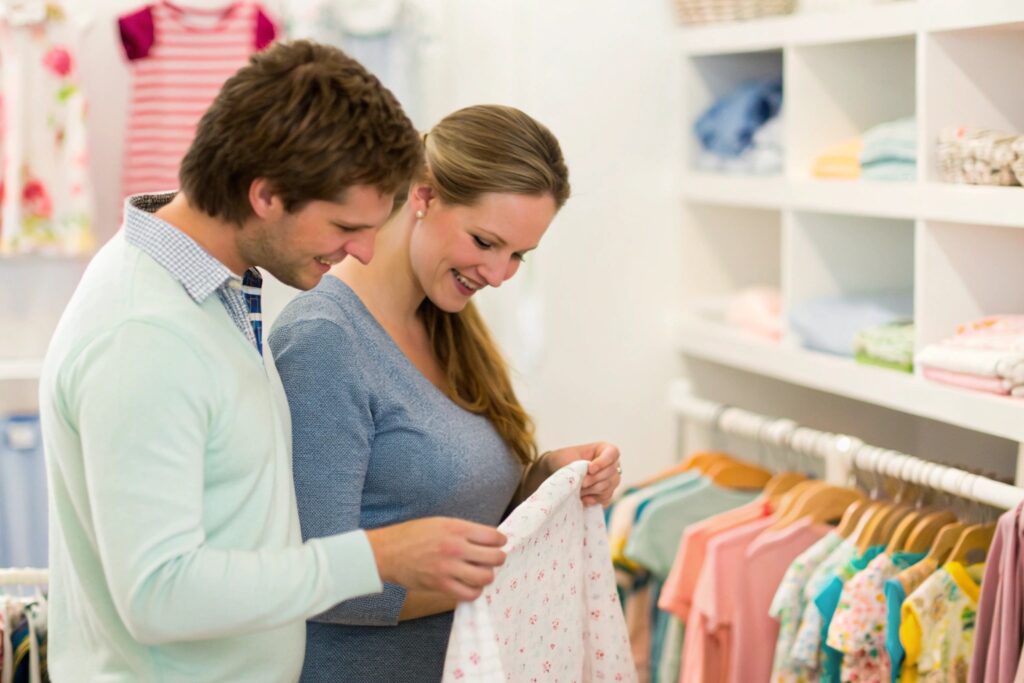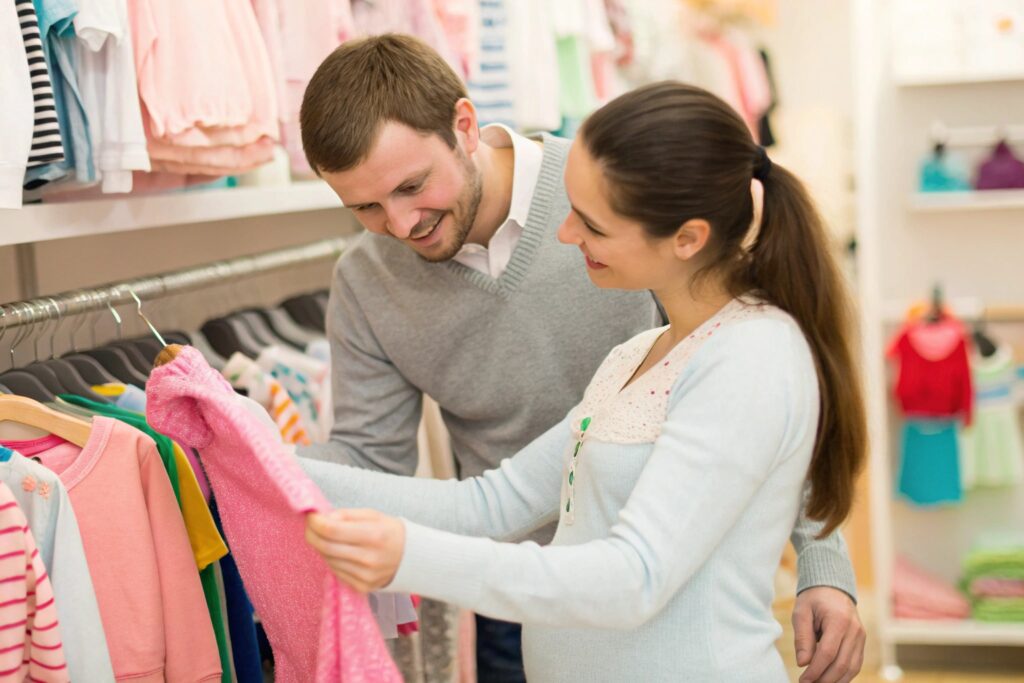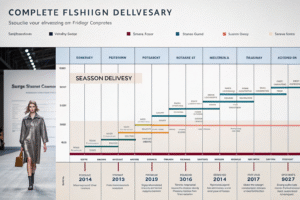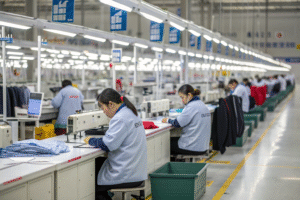The children's clothing market is diverse, catering to different age groups, styles, and purchasing behaviors. Identifying the right target audience helps brands and retailers refine their marketing strategies and product offerings. But who exactly buys kids' clothing?
The target audiences for kiddies clothing include parents, grandparents, gift buyers, and childcare institutions. Purchasing decisions are influenced by factors such as affordability, quality, fashion trends, and sustainability.
Understanding the needs and preferences of these buyers can help brands effectively position themselves in the competitive children’s apparel market.
Who is the Target Audience for Kids Clothing?
Kids' fashion is a fast-growing industry, but who are the primary buyers?
The target audience for kids' clothing includes parents, family members, and guardians who prioritize comfort, affordability, and style. Consumer preferences vary by demographic, with younger parents focusing on trends while older buyers emphasize durability.

Who typically buys kids' clothing?
| Buyer Group | Key Buying Behavior |
|---|---|
| Parents | Seek quality, safety, and affordability |
| Grandparents | Prefer durable, timeless designs |
| Gift Buyers | Look for trendy or unique pieces |
| Schools & Daycares | Buy in bulk for uniforms and essentials |
How do trends impact kids' clothing sales?
Seasonal trends, sustainability, and character licensing (such as Disney or Marvel themes) heavily influence purchasing decisions. Brands that keep up with these trends attract more buyers.
Who is the Target Audience for Baby Products?
The baby clothing market has distinct consumer segments. But who makes the purchasing decisions?
The primary audience for baby clothing and products includes new parents, expectant parents, and close family members. Health and safety considerations play a crucial role in buying decisions.

What influences baby clothing purchases?
| Buyer Type | Purchase Priorities |
|---|---|
| New Parents | Soft fabrics, organic materials, comfort |
| Expectant Parents | Practical essentials for newborns |
| Gift Buyers | Luxury or personalized baby clothing |
| Eco-conscious Buyers | Sustainable, chemical-free materials |
Why is sustainability important in baby clothing?
More parents are choosing organic and eco-friendly baby clothing to reduce exposure to harmful chemicals. Brands that promote sustainability and ethical sourcing gain strong customer loyalty.
What is a Target Market for Kids?
Kids' clothing is marketed to adults, but children themselves influence many purchasing decisions. What defines this target market?
A target market for kids includes both parents and children. While parents control spending, children’s preferences for colors, characters, and comfort also shape purchases.

How do kids influence clothing purchases?
- Toddlers (Ages 1-3): Parents make all decisions, prioritizing comfort.
- Young Kids (Ages 4-7): Parents buy, but kids start expressing preferences.
- Preteens (Ages 8-12): Kids strongly influence style choices and brands.
What marketing strategies work best for kids' apparel?
Brands targeting kids’ clothing use influencer marketing, social media ads, and in-store experiences. Engaging content, such as interactive displays and digital ads, appeals to both kids and parents.
Who is Your Target Customer for Clothing?
Every clothing brand needs a defined customer base. But how do you identify your ideal buyers?
A clothing brand’s target customer is defined by factors such as age, lifestyle, budget, and fashion preferences. Successful brands focus on a specific audience to build loyalty and drive sales.

How do you define a clothing brand’s target audience?
| Factor | Impact on Target Market |
|---|---|
| Age Group | Defines clothing style and sizing |
| Income Level | Determines pricing strategy |
| Buying Motivation | Influences marketing and product focus |
Why is niche marketing important?
Brands that specialize in a clear niche—such as sustainable kids' clothing, luxury baby apparel, or trendy teen wear—build stronger customer connections and improve brand positioning.
Conclusion
The target audiences for kiddies' clothing include parents, family members, and organizations that



















